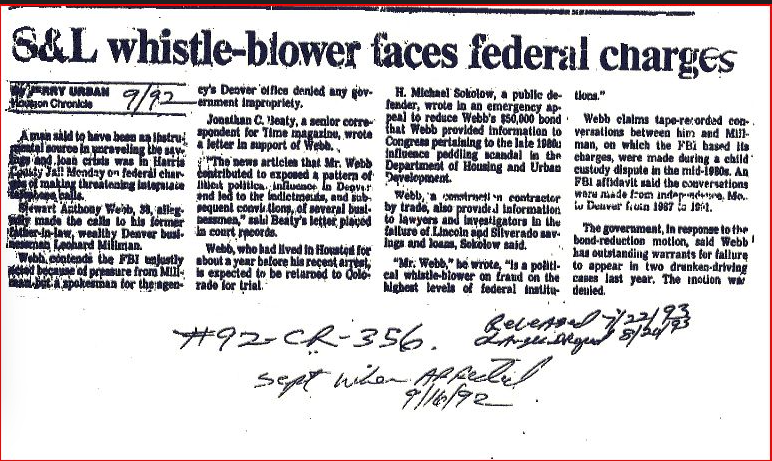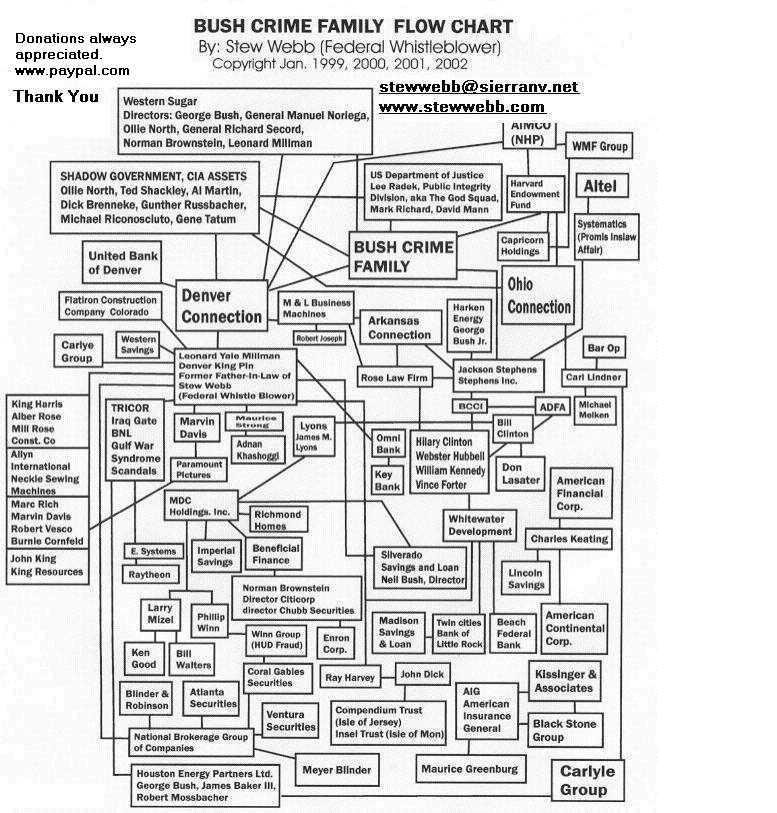Trump Confirms ISIS Leader Al-Baghdadi Killed In US Raid
By Tyler Durden
Authored together with Nauman Sadiq.
Islamic State’s self-styled Caliph Abu Bakr al-Baghdadi has been killed (once again) in a United States Special Ops overnight raid Saturday involving helicopters, warplanes and a ground clash on the Turkey-Syria border while fleeing Syria’s northwestern Idlib Governorate, with President Trump making a “major statement” of the biggest symbolic victory of his administration in the war against terrorism.
Baghdadi was targeted in an overnight mission which involved a “complex airborne” Delta Force raid backed up by CIA and SDF intel and took place in Syria’s Idlib region; Bloomberg adds that Iraq provided “precise information” to coalition forces that “contributed to reaching the terrorist al-Baghdadi and killing him,” while noting that the successful operation hinged on CIA info.
Baghdadi reportedly blew himself up using a suicide vest, which is convenient considering there were at least three previous confirmed reports of his death.
“Last night, the United States brought the world’s number one terrorist leader to justice,” Trump said in remarks from the East Room of the White House. “Abu Bakr al-Baghdadi is dead.”
“Baghdadi’s demise demonstrates America’s relentless pursuit of terrorist leaders and our commitment to the enduring and total defeat of ISIS and other terrorist organizations” Trump added.
That said, despite praising Russian involvement in the mission, the Russian Ministry of Defence said on Sunday it had no reliable information on the U.S. operation, the country’s RIA news agency reported after U.S. President Donald Trump confirmed his death.
“The Russian Ministry of Defence does not have reliable information on the U.S. servicemen conducting in the Turkish-controlled part of the de-escalation zone of Idlib an operation on yet another ‘elimination’ of the former IS leader Abu Bakr al-Baghdadi,” Major-General Igor Konashenkov was quoted by RIA as saying.
Meanwhile, Iraqi state television broadcast night-time footage of an explosion.
. and daytime images of a crater in the ground and what it said was the aftermath of the raid, including torn and blood-stained clothes. A house thought to be the target of the raid was struck from the air, and fighters then descended from helicopters and engaged in ground clashes, said the Syrian Observatory for Human Rights, which has a network of sources in Syria.
Reuters reports : “Two Iraqi security sources and two Iranian officials said they had received confirmation from inside Syria that Baghdadi had been killed. ‘Our sources from inside Syria have confirmed to the Iraqi intelligence team tasked with pursuing Baghdadi that he has been killed alongside his personal bodyguard in Idlib after his hiding place was discovered when he tried to get his family out of Idlib toward the Turkish border,’ one of the Iraqi officials said.”
The reason why the mainstream media scrupulously avoided mentioning Idlib as al-Baghdadi’s most likely hideout in Syria was to cover up the collusion between the militant proxies of Turkey and the jihadists al-Nusra Front and the Islamic State. At its peak in 2014, when the Islamic State declared its “caliphate” in Mosul in Iraq and Raqqa in Syria, the Islamic State reportedly had more than 70,000 jihadists.
The divisions within the rank and file of the terrorist organization seem to be growing as it has lost all of its territory, and thousands of Islamic State’s jihadists have been killed in airstrikes conducted by the US-led coalition against the Islamic State and the ground offensives by the Iraqi armed forces and allied militias in Iraq and the Kurdish-led Syrian Democratic Forces in Syria.
Furthermore, due to frequent desertions and detention of hundreds of hardcore militants alongside thousands of innocent Arab villagers held captive by the Kurds in northeastern Syria, the number of fighters within the Islamic State’s ranks has evidently dwindled. But a question would naturally arise in the minds of perceptive observers of the war against the Islamic State in Iraq and Syria that where did the remaining tens of thousands of Islamic State’s jihadists vanish?
The riddle can be easily solved, though, if we bear in mind the fact that although Idlib Governorate in Syria’s northwest has firmly been under the control of Hayat Tahrir al-Sham (HTS) led by al-Nusra Front since 2015, its territory was equally divided between Turkey-backed rebels and al-Nusra Front.
In a brazen offensive in January, however, al-Nusra Front’s jihadists completely routed Turkey-backed militants, even though the latter were supported by a professionally trained and highly organized military of a NATO member, Turkey. And al-Nusra Front now reportedly controls more than 70% territory in the Idlib Governorate.
The reason why al-Nusra Front has been easily able to defeat Turkey-backed militants appears to be that the ranks of al-Nusra Front have now been swelled by highly motivated and battle-hardened jihadist deserters from the Islamic State after the fall of the latter’s “caliphate” in Mosul in Iraq and Raqqa in Syria.
The merger of al-Nusra Front and Islamic State in Idlib doesn’t come as a surprise, though, since the Islamic State and al-Nusra Front used to be a single organization before a split occurred between the two militant groups in April 2013 over a leadership dispute. In fact, al-Nusra Front’s chief Abu Mohammad al-Jolani was reportedly appointed as the emir of al-Nusra Front by Abu Bakr al Baghdadi, the leader of Islamic State, in January 2012.
Regarding the nexus between Islamic jihadists and so-called “moderate rebels” in Syria, while the representatives of Free Syria Army (FSA) were in Washington in January last year, soliciting the Trump administration to restore the CIA’s “train and equip” program for the Syrian militants that was shuttered in July 2017, hundreds of Islamic State’s jihadists joined the moderate militants in Idlib in their battle against the advancing Syrian government troops backed by Russian airstrikes to capture the strategically important Abu Duhur airbase, according to a January last year’s AFP report authored by Maya Gebeily.
The Islamic State already had a foothold in neighboring Hama province and its foray into Idlib was an extension of its outreach. The Islamic State reportedly captured several villages and claimed to have killed two dozen Syrian soldiers and taken twenty hostages. And on January 12 last year, the Islamic State officially declared Idlib one of its “Islamic emirates,” according to the aforementioned AFP report.
In all likelihood, some of the Islamic State’s jihadists who joined the battle in Idlib in January last year were part of the same contingent of thousands of Islamic State militants that fled Raqqa in October 2017 under a deal brokered by the US-backed Syrian Democratic Forces (SDF).
As for Baghdadi who was “hiding” with the blessing of Turkey, it now appears that he was the bargaining chip in the negotiations between Trump and Erdogan, and the quid for the US president’s agreeing to pull out of Syria was the pro quo that Erdogan would hand Baghdadi to him on a silver platter (if true, expect a tidal wave of terrorism in Turkey in the coming weeks). Which in turn has led to today’s victory lap by the US president who will now – and for the foreseeable future – trumpet the biggest victory of the US administration in the war against terrorism since Obama’s killing of bin Laden in 2011.
And perhaps sensing that someone may ask some very inconvenient questions about just what Turkey knew all this time about the ISIS mastermind living in the town of Barisha, just “5 miles away from the Turkish border”, Erdogan promptly took to twitter to say that “I am confident that a decisive struggle against terrorism, in line with the spirit of alliance, will bring peace to all of humanity.”
War Conflict
Contributions by mail:
Stew Webb
10607 E. Sheley Rd.
Independence, MO 64052
Contact Stew Webb
(Cell) 816-492-9809
federalwhistleblower@gmail.com












.jpg)

